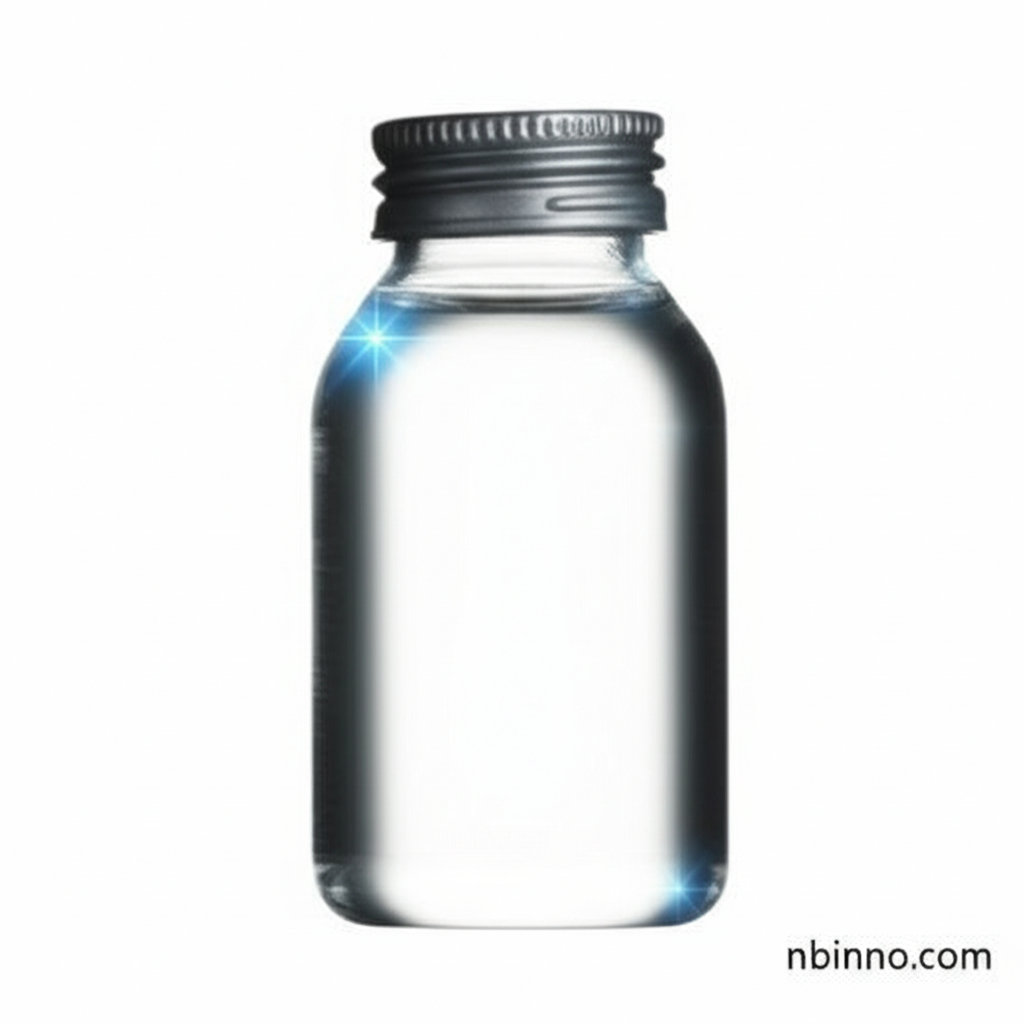Formaldehyde Solution (CH2O): Properties, Applications, and Safety Guidelines
Discover the essential properties, diverse applications, and critical safety protocols for Formaldehyde (CH2O), a cornerstone industrial chemical.
Get a Quote & SampleProduct Core Value

Formaldehyde Solution
Formaldehyde (CH2O) is a fundamental organic compound, acting as the simplest aldehyde. It is crucial in various industrial sectors due to its high reactivity and its role as a precursor in synthesizing numerous other compounds and materials, including resins, plastics, and specialty chemicals. Understanding its formaldehyde physical properties and formaldehyde chemical properties is key to its safe and effective utilization.
- Offers a clear, colorless liquid appearance, with a characteristic pungent, suffocating odor, indicating its presence even at low concentrations.
- Facilitates industrial applications such as the production of urea-formaldehyde and phenol-formaldehyde resins, vital for plywood, particle board, and adhesives.
- Serves as a critical chemical intermediate, contributing to the synthesis of polyoxymethylene plastics, 1,4-butanediol, and methylene diphenyl diisocyanate.
- Plays a significant role as a disinfectant, biocide, tissue fixative, and embalming agent, highlighting its versatility in medical and laboratory settings.
Advantages of Using Formaldehyde
Versatile Reactivity
The inherent reactivity of formaldehyde enables its participation in a wide array of chemical reactions, making it a valuable building block for complex organic synthesis and polymer formation, crucial for formaldehyde industrial uses.
Wide Industrial Reach
Formaldehyde is indispensable in the manufacturing of resins, adhesives, textiles, and building materials, underscoring its extensive contribution to various sectors of the global economy, as evidenced by its uses of formaldehyde in industry.
Preservative and Disinfectant Properties
Its potent antibacterial and fungicidal properties make formaldehyde an effective preservative and disinfectant, critical in laboratories, medical facilities, and even in the production of animal feeds and cosmetics, a key aspect of formaldehyde chemical applications.
Key Applications
Resin Manufacturing
Formaldehyde is a primary component in the synthesis of thermosetting resins like phenol-formaldehyde and urea-formaldehyde, widely used as adhesives in construction materials and furniture, a testament to its formaldehyde industrial applications.
Chemical Synthesis Intermediate
As a simple aldehyde, formaldehyde is a crucial starting material for producing other important chemicals, including polyols and diisocyanates, vital for various downstream manufacturing processes.
Biomedical and Laboratory Use
Its effectiveness as a tissue fixative and preservative makes formaldehyde solutions (formalin) indispensable in histology, anatomy, and pathology for preserving biological specimens, as discussed in formaldehyde chemical safety data.
Textile and Material Treatment
In the textile industry, formaldehyde-based resins are applied to fabrics to impart crease resistance, enhancing the durability and performance of clothing and home furnishings.
